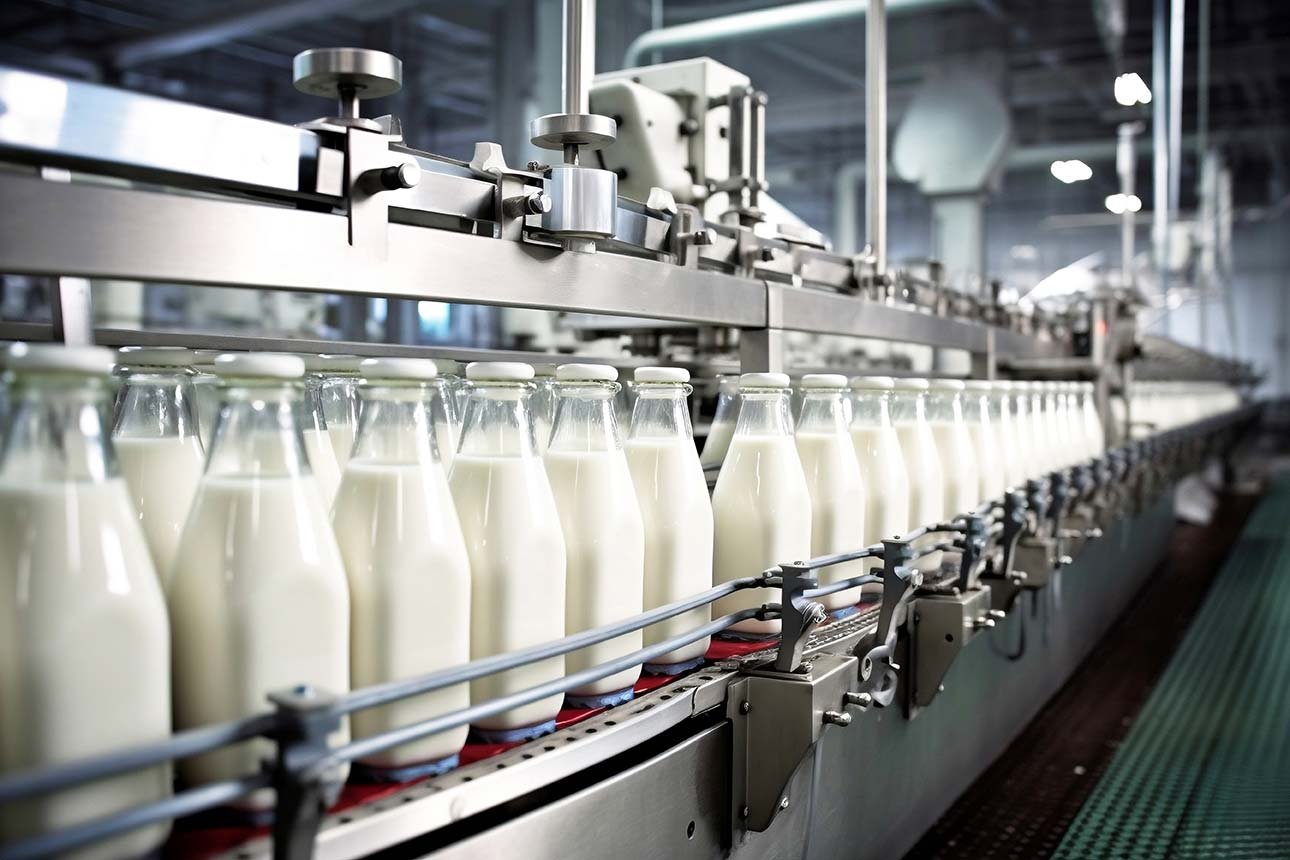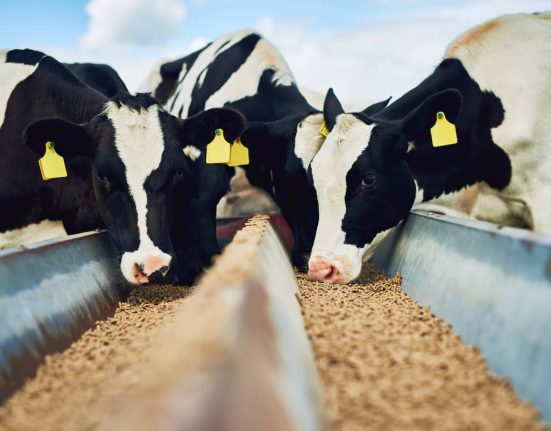China’s dairy industry is facing structural strain as milk production surges to 42 million tonnes, exceeding national targets, while domestic demand continues to contract. The imbalance has pushed raw milk prices below production costs, triggering financial pressure across the supply chain and forcing smaller farms to reduce herd numbers or shut operations entirely.
Beijing’s emphasis on self-sufficiency has fuelled rapid output growth, supported by large-scale modernised operations and imported high-yield cattle. This strategy has accelerated production far ahead of market absorption capacity, with output rising from 30.39 million tonnes in 2017 to 42 million tonnes in 2023, two years earlier than expected.
However, demand has weakened sharply. Per capita dairy consumption dropped from 14.4 kg in 2021 to 12.4 kg in 2022, mirroring demographic decline, economic uncertainty, and shifting consumer behaviour. Reduced infant formula demand, subdued purchasing power, and a shift towards cheaper substitutes have further eroded consumption.
Oversupply has depressed raw milk prices to below the average 3.8 yuan/kg production cost, squeezing margins for producers. Smaller farms, lacking financial resilience, have responded with layoffs, herd reductions, or complete shutdowns, while some producers have reportedly disposed of surplus milk to avoid processing costs.
Export options remain limited. China’s higher production costs and reputational challenges from past safety scandals restrict its competitiveness in global markets. At the same time, the surplus raises strategic questions for future imports, as domestic availability may reduce the need for external dairy purchases, potentially impacting global trade flows.
With production accelerating and demand structurally weakening, China’s dairy sector faces a critical recalibration. Achieving balance will require aligning self-sufficiency goals with economic realities, demographic trends, and long-term market sustainability.







